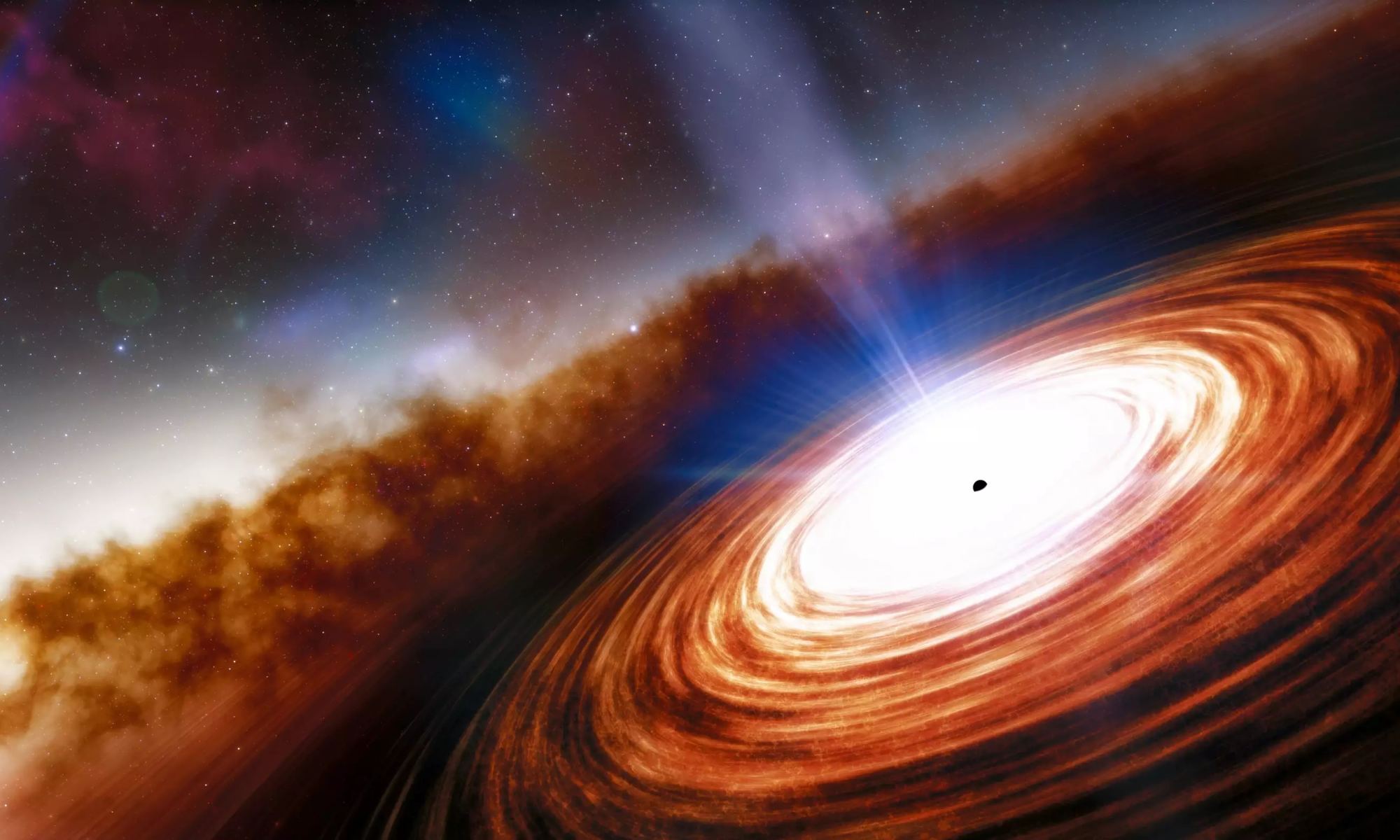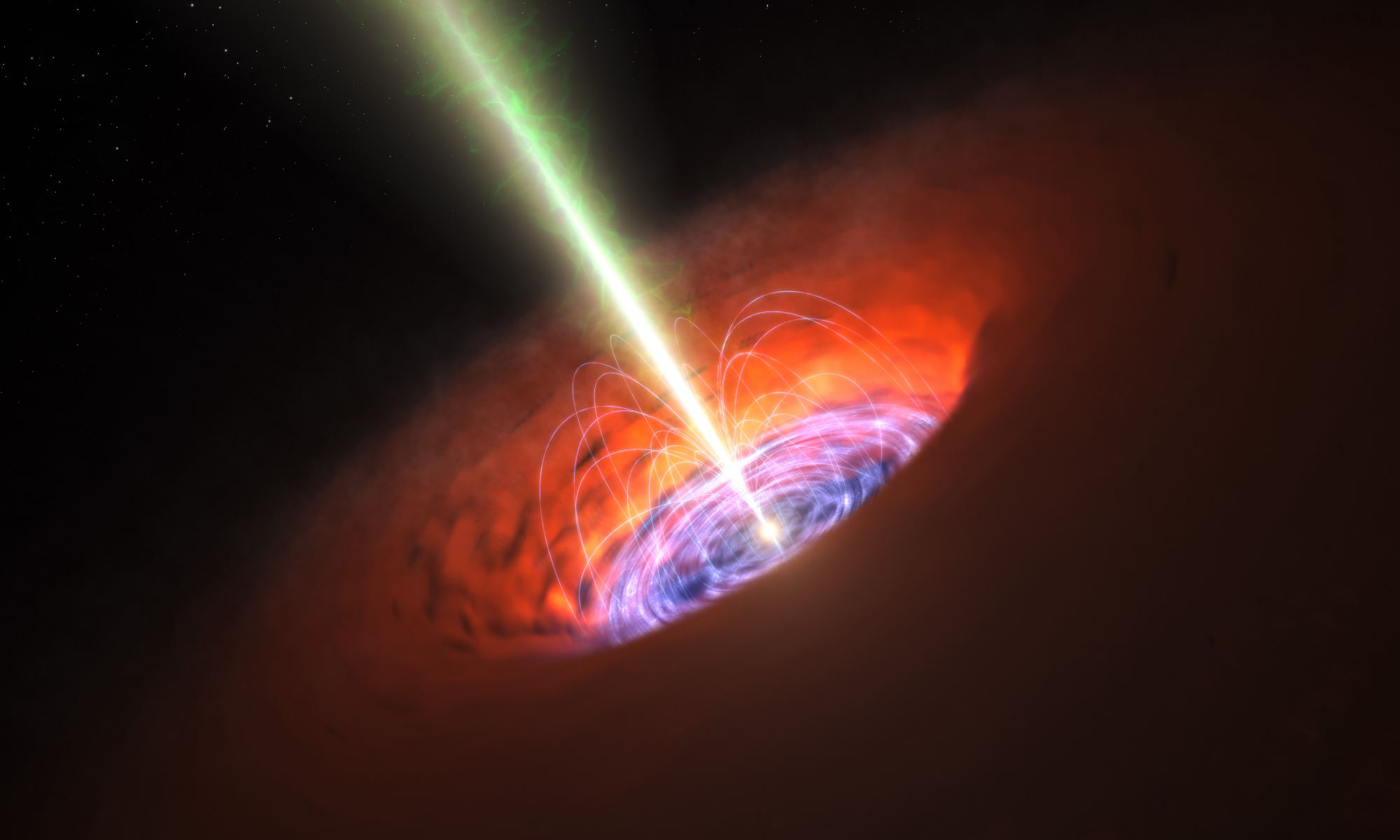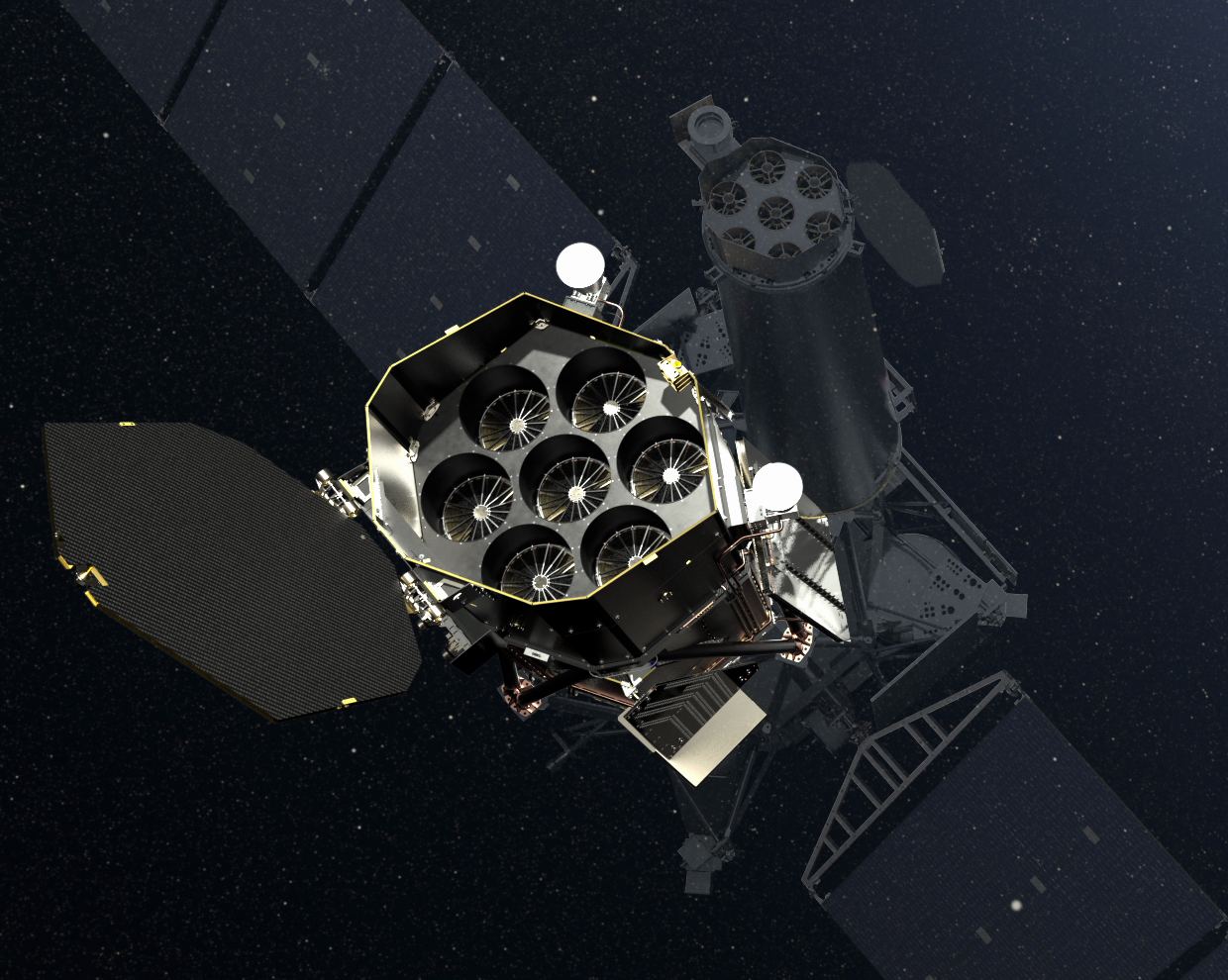About half a century ago, astronomers theorized that the Solar System is situated in a low-density hot gas environment. This hot gas emits soft X-rays that displace the dust in the local interstellar medium (ISM), creating what is known as the Local Hot Bubble (LHB). This theory arose to explain the ubiquitous soft X-ray background (below 0.2 keV) and the lack of dust in our cosmic neighborhood. This theory has faced some challenges over the years, including the discovery that solar wind and neutral atoms interact with the heliosphere, leading to similar emissions of soft X-rays.
Thanks to new research by an international team of scientists led by the Max Planck Institute for Extraterrestrial Physics (MPE), we now have a 3D model of the hot gas in the Solar System’s neighborhood. Using data obtained by the eROSITA All-Sky Survey (eRASS1), they detected large-scale temperature differences in the LHBT that indicate that the LHB must exist, and both it and solar wind interaction contribute to the soft X-ray background. They also revealed an interstellar tunnel that could possibly link the LHB to a larger “superbubble.”
Continue reading “eROSITA All-Sky Survey Takes the Local Hot Bubble’s Temperature”



